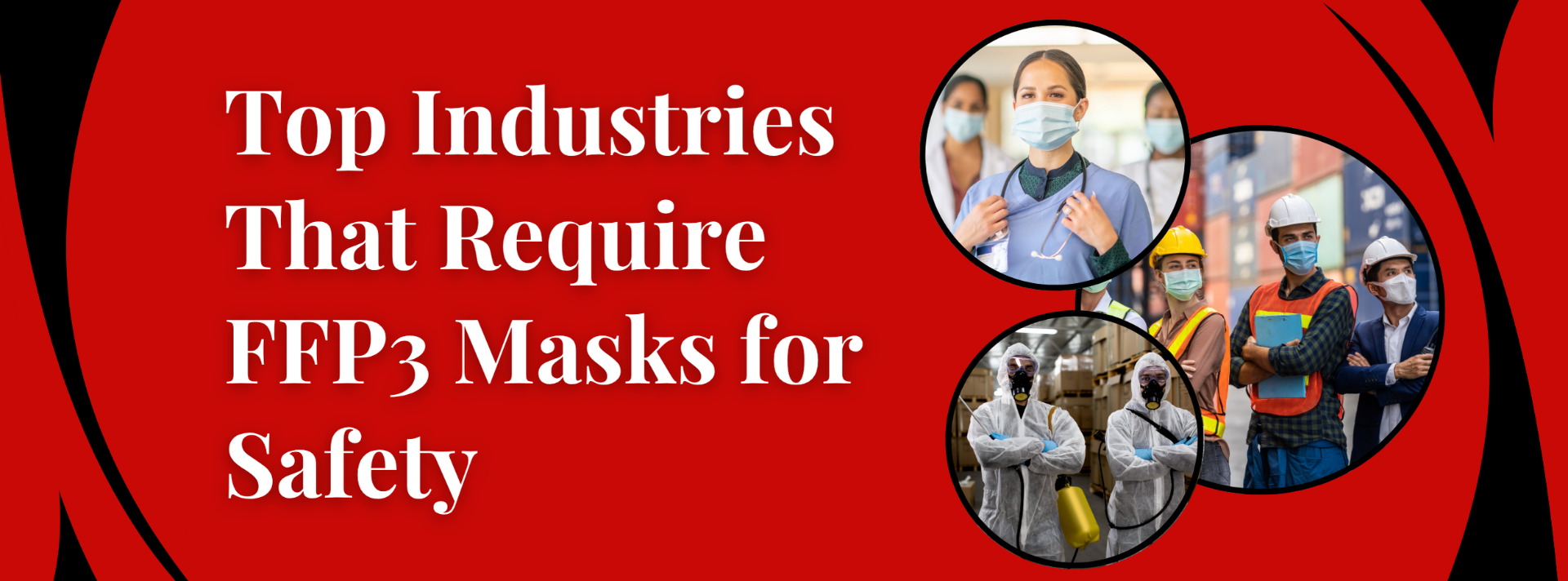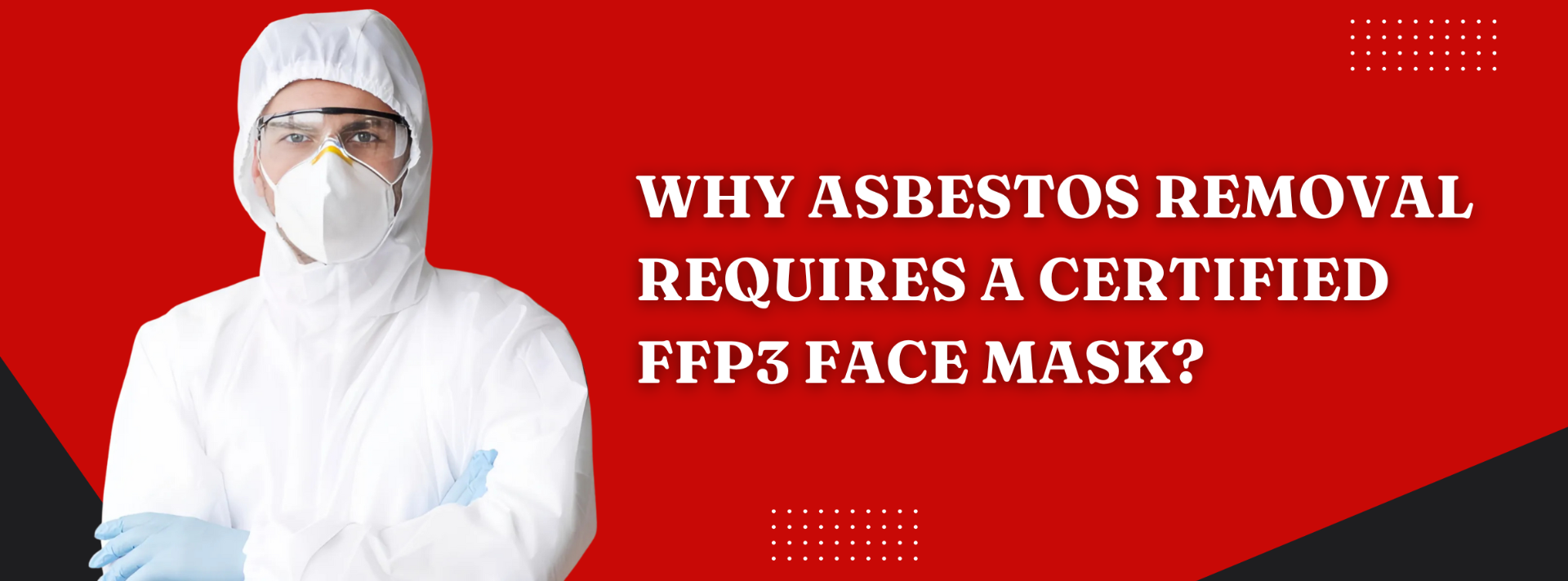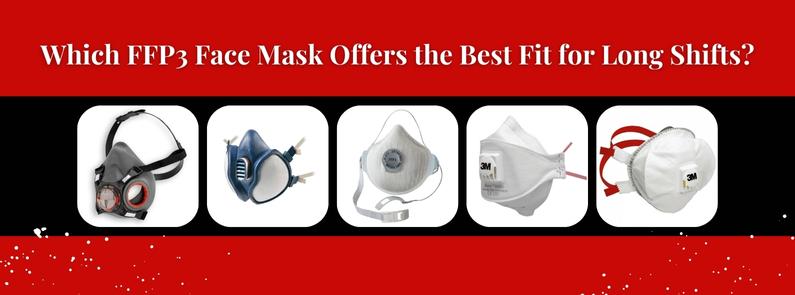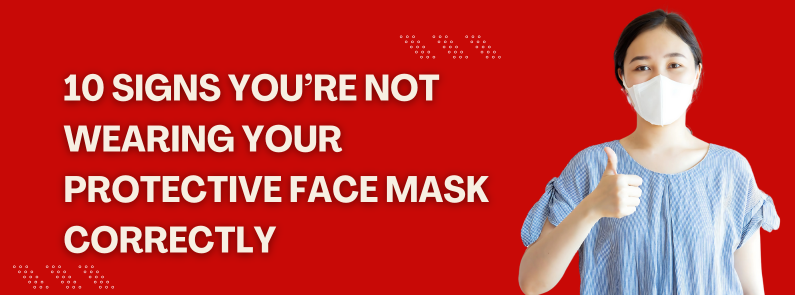
Safety at work is the first and foremost priority. Every day, workers face invisible threats in the air they breathe. From microscopic particles to deadly pathogens, these dangers lurk silently.

Safety at work is the first and foremost priority. Every day, workers face invisible threats in the air they breathe. From microscopic particles to deadly pathogens, these dangers lurk silently.

Do you know that, as per WHO data, globally, more than 200,000 deaths are estimated to be caused by occupational exposure to asbestos? Despite the menacing statistics, most employees operate under the assumption that wearing any full-face mask will keep them safe from asbestos.

Respiratory protection equipment plays an important role in protecting workers’ health in areas where airborne hazards pose serious threats to safety. The traditional masks, FFP3, were effective as they provided 99% of filtration efficiency, but some limitations made it difficult to use.

Working long shifts in high-risk zones such as construction, healthcare, and manufacturing requires the right mask for the job to safeguard breathing from harmful exposure. According to EN149:2001+A1:2009 standard, the FFP3 mask offers a maximum level of protection, filtering at least 99% of airborne particles, including dust, viruses, and toxic fumes. However, each FFP3 face mask is not created to be equal, which provides comfort and protection. Comfort in demanding long hours is paramount.

Wearing a protective mask incorrectly is pointless. Improper use, such as a loose fitting, gaps on the sides, or using the same mask for a long time, can expose the individual wearing it to harmful particles from what it is trying to protect against. According to studies, improper use of a mask can result in filtering efficiency losses of up to 60%. This implies that dust, bacteria, and pollutants will still enter your lungs.